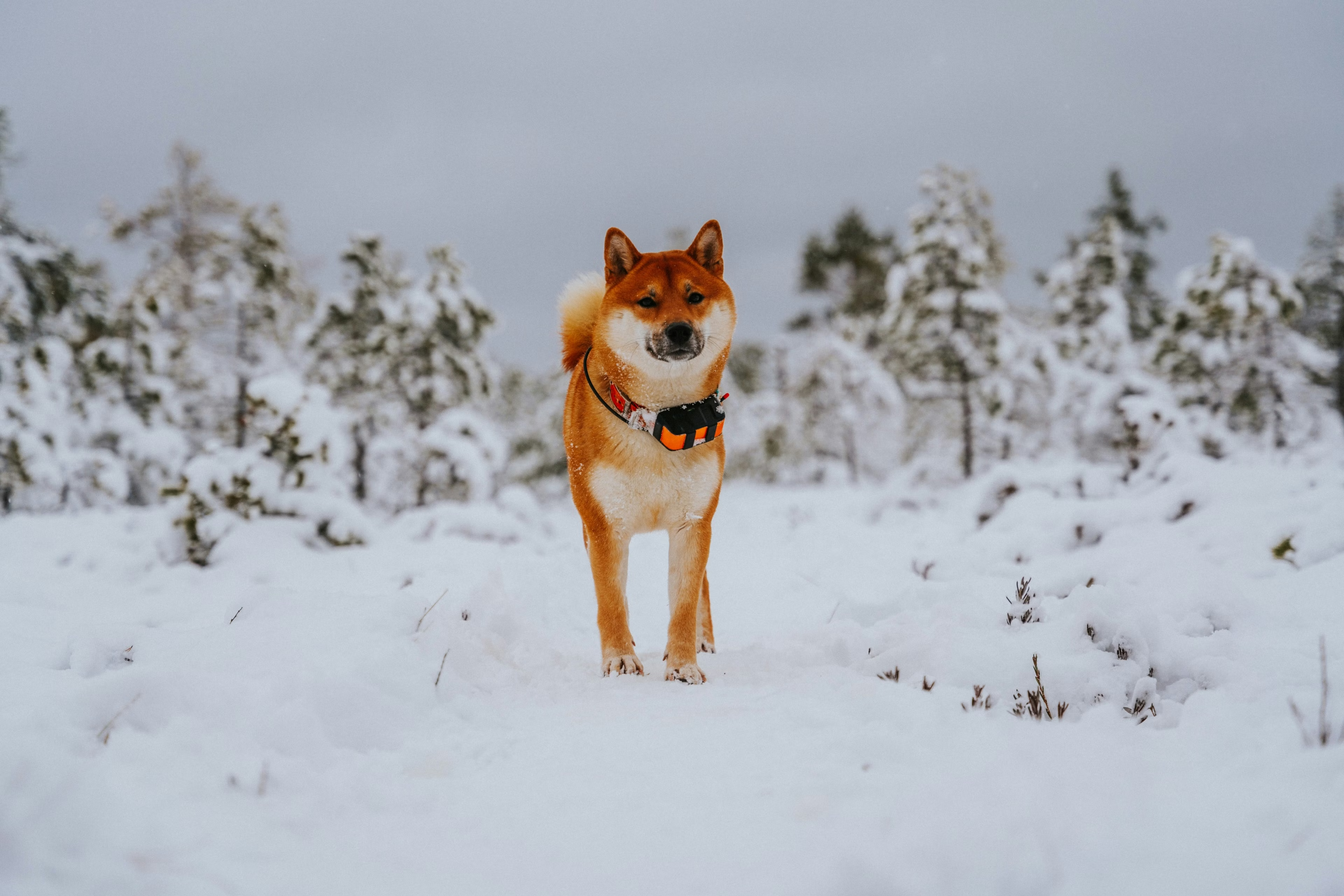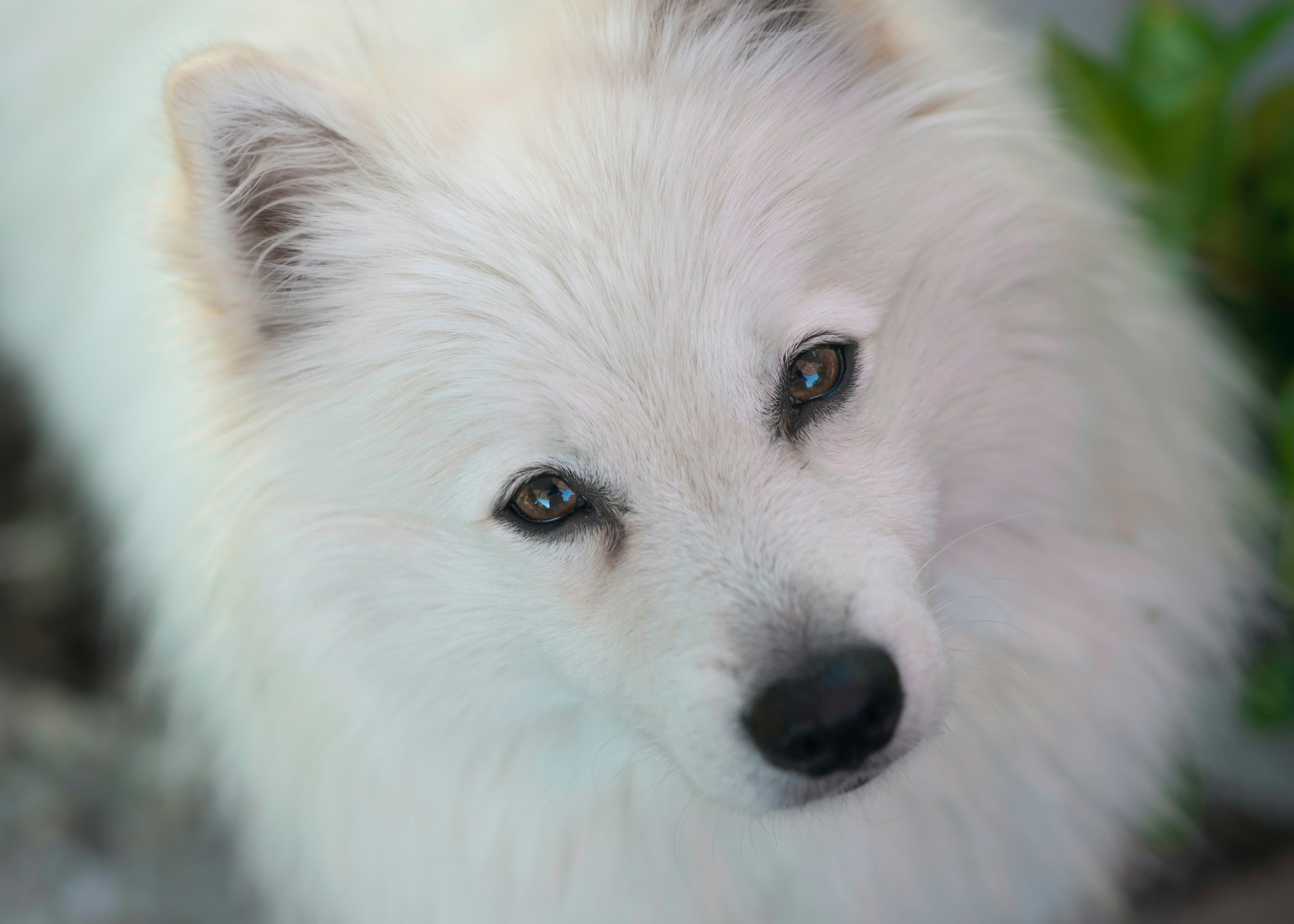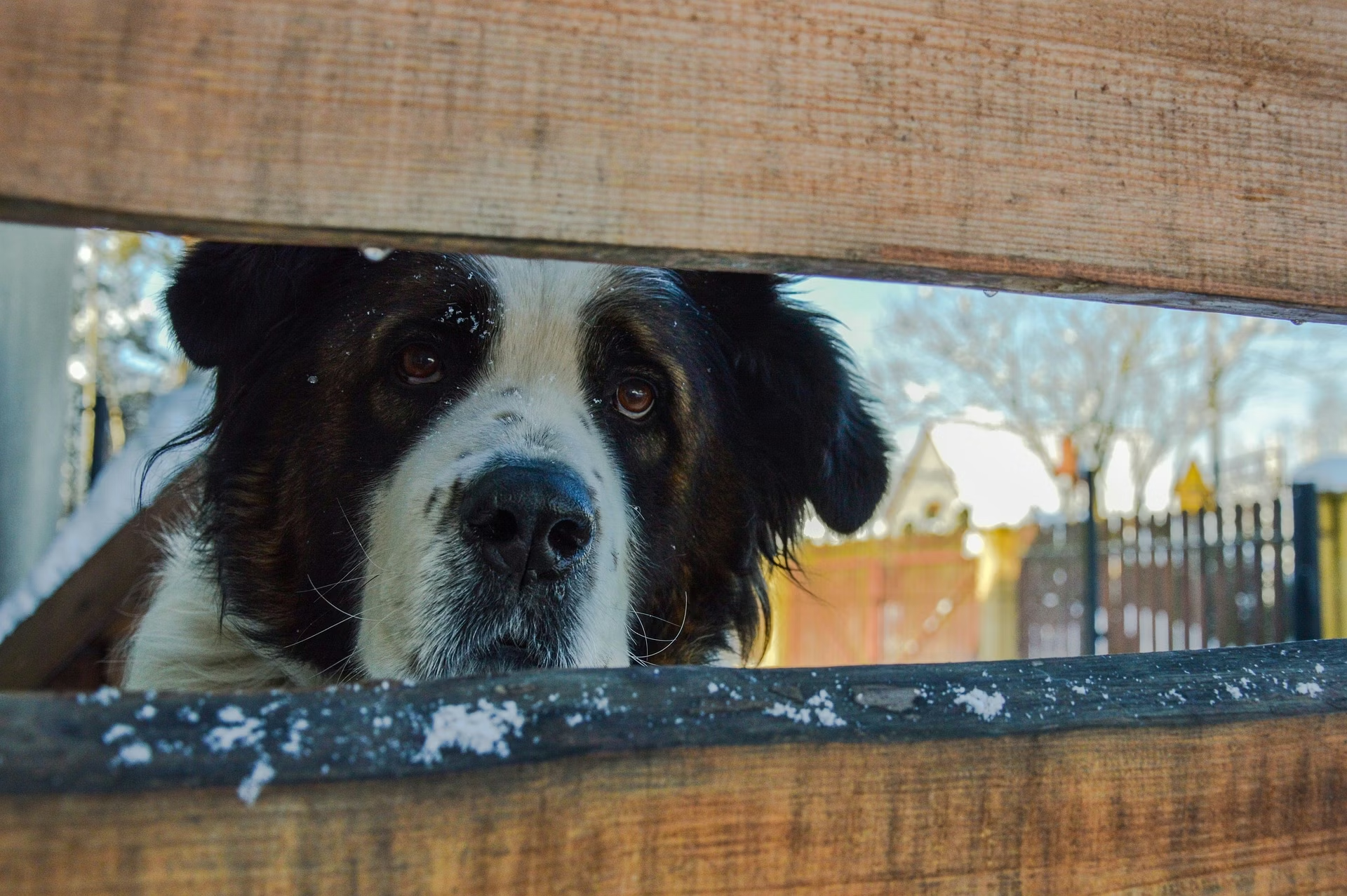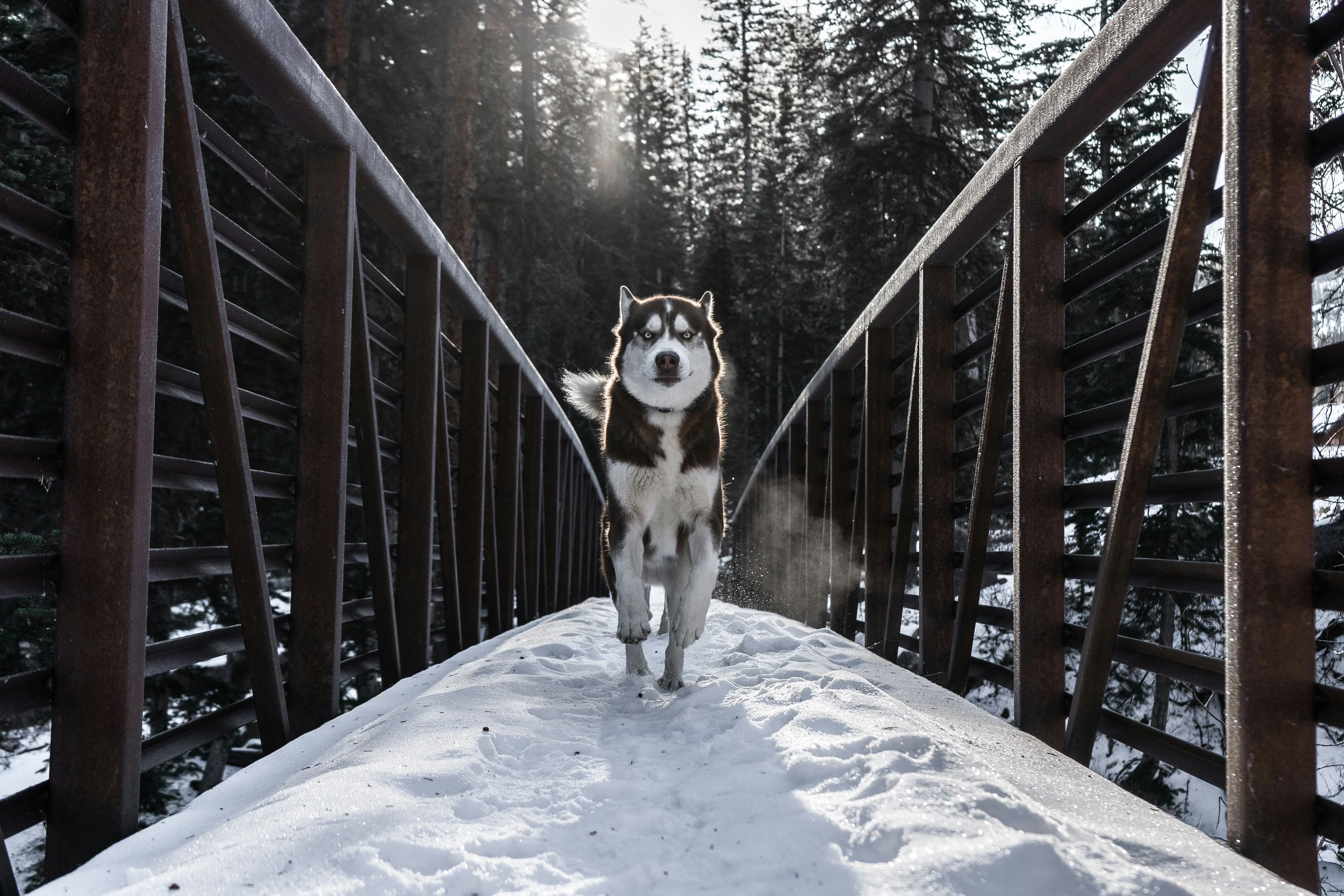There are few things more enjoyable than watching a dog frolic in the snow. But while most dogs can tolerate cold conditions for short periods in the name of fun, not all of them are truly equipped to thrive in harsh winter weather. So if you’re someone who wants a hearty pup that can be by your side for all your snowy adventures, you’ll want to pick a breed that’s built for that environment.
The primary trait that cold weather breeds have in common is a thick, weather-resistant coat. Oftentimes these dogs will have double coats, with a dense undercoat and coarse outer coat that protects them from snow and frigid temperatures. Other helpful characteristics that enable certain breeds to withstand cold weather are thick paw pads and hairy paws. Bushy tails can also be helpful, as dogs accustomed to resting in the snow will instinctively cover their nose with their tail to keep it warm and stave off frostbite.
Though there are certainly exceptions, many of the true cold weather breeds belong to one of a few breed groups. Let’s take a look at some of the popular breeds in these groups that are best equipped to handle snowy, icy weather.

Asian and Oceanic breeds
- Akita. Originally known as "snow country dogs," the Akita is a big game hunting dog from the mountainous region of northern Japan.
- Samoyed. Bred as a sled dog in Siberia, Samoyeds have an upturned mouth that keeps them from drooling so icicles don’t form around their mouths.
- Alaskan Malamute. One of the best known sled dogs, the Alaskan Malamute descended from domesticated wolf-dogs more than four millennum ago.
- Chow Chow. Nicknamed the "lion dog," Chow Chows have long, thick manes around their neck that protect them in cold weather.
- Siberian Husky. Siberian Huskies served a variety of cold-weather purposes, including pulling sleds, herding reindeer, and keeping kids warm in sub-zero weather.

Companion breeds
- Japanese Spitz. Like other spitz breeds, the Japanese Spitz has a thick double coat and long, plumed tail.
- American Eskimo Dog. This Nordic breed has a thick ruff around the neck and long feathering on the legs.
- Norwegian Elkhound. This ancient breed and favorite of Norwegian Vikings earned its keep tracking elk in cold climates throughout Norway.
- Tibetan Terrier. Another ancient breed, the Tibetan Terrier has a wooly undercoat and heavily furnished tail—both traits that helped them while serving as a watchdog or companion in extreme climates.

Mountain breeds
- Bernese Mountain Dog. This versatile farm breed from Switzerland has a sturdy build and long, thick coat.
- St. Bernard. The quintessential rescue dog, St. Bernards have a long history of saving travelers from the snowy mountain passes of the Swiss Alps.
- Newfoundland. Originating in Canada, the Newfie’s thick, water-resistant coat protected them while pulling full fishnets out of icy waters or performing water rescues.
Interested in exploring more breeds so you can find your perfect pal? Check out our Wisdom Panel breed library.




